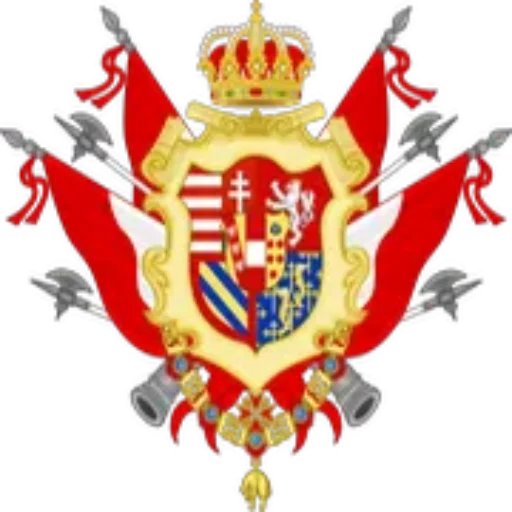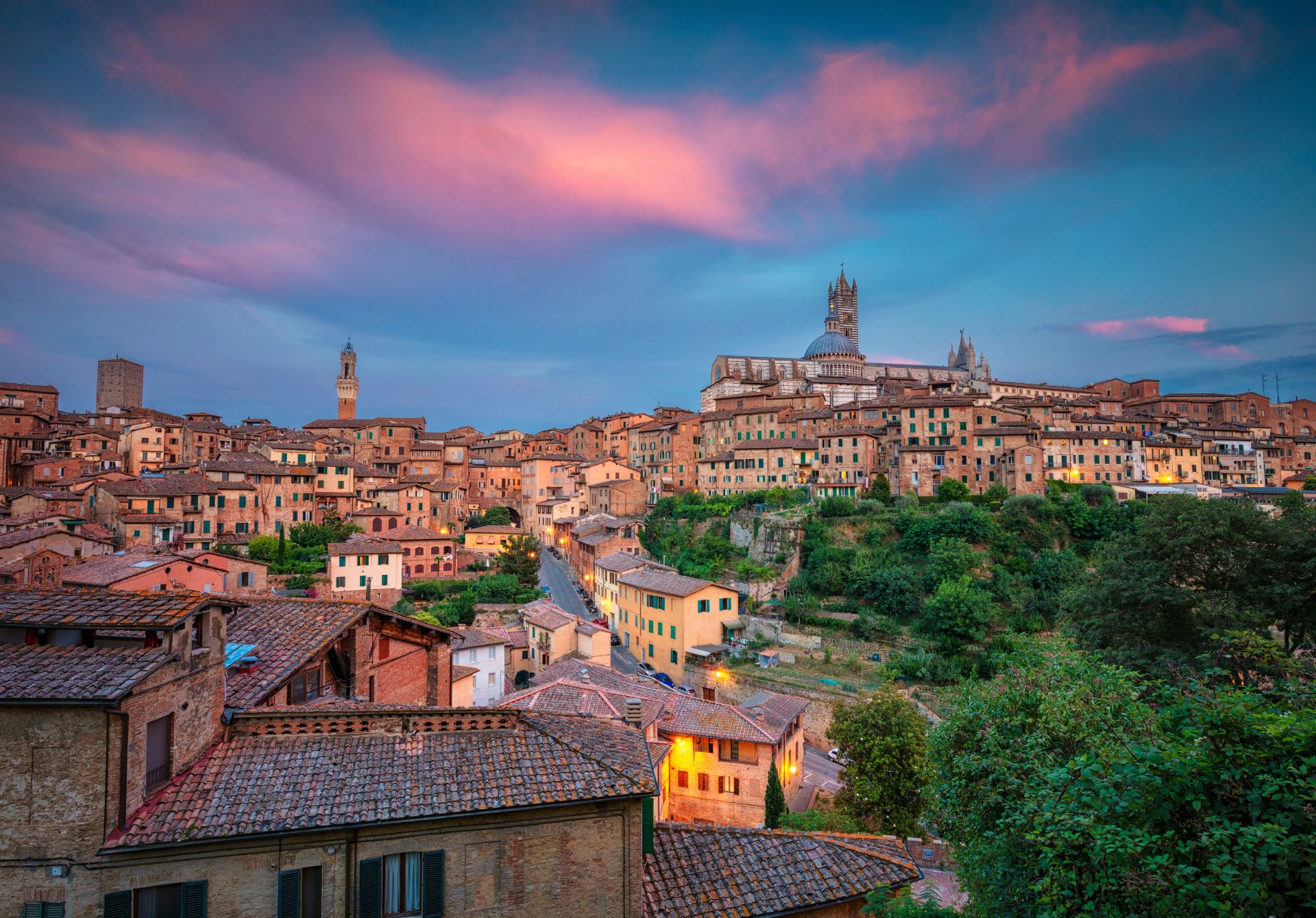Nestled among the rolling hills of Tuscany, Siena stands as a testament to medieval Italian brilliance, with a history stretching back to the Etruscan civilization. Founded around 900-400 BCE, the city evolved from an Etruscan settlement to a powerful medieval republic that rivaled Florence in economic and cultural significance.
Archaeological evidence suggests that Siena’s strategic location along the Via Francigena, an important pilgrimage route, contributed significantly to its early prosperity. By the 12th century, the city had transformed into a thriving commercial center, with a sophisticated banking system and a complex social structure that would become legendary.
Architectural Splendor: A Living Museum of Medieval Design
The city’s historic center, designated as a UNESCO World Heritage Site in 1995, represents one of the most extraordinary examples of medieval urban planning in Europe. At its heart lies the Piazza del Campo, a shell-shaped square that is widely considered one of the most beautiful public spaces in the world.
The iconic Palazzo Pubblico, with its soaring Torre del Mangia, dominates the skyline. Standing at 102 meters tall, the tower was completed in 1348 and symbolizes the city’s political independence and architectural prowess during the medieval period.
The Palio: A Living Tradition of Passion and Competition
Perhaps Siena’s most famous tradition is the Palio, a historic horse race that occurs twice each summer (July 2 and August 16). This extraordinary event is more than just a competition; it’s a profound expression of neighborhood pride and historical continuity.
The city is divided into 17 contrade (districts), each with its own unique identity, heraldic symbol, and passionate supporters. During the Palio, these districts transform into fierce competitors, with elaborate ceremonies, traditional costumes, and an intensity that captures centuries of local rivalry.
Cultural and Artistic Heritage
Siena’s artistic legacy is profound. The city was home to the renowned Sienese School of painting, which flourished between the 13th and 15th centuries. Artists like Duccio di Buoninsegna and Simone Martini developed a distinctive style characterized by intricate details, rich colors, and profound spiritual expression.
The Cathedral of Santa Maria Assunta, with its stunning black and white marble facade, exemplifies the city’s artistic sophistication. Its intricate marble floor, featuring 56 sophisticated narrative panels created between 1372 and 1547, is considered one of the most extraordinary artistic achievements of the Renaissance.
Economic and Gastronomic Significance
Beyond its historical charm, Siena remains economically vibrant. Agriculture, particularly wine and olive oil production, continues to be crucial. The surrounding countryside produces world-renowned Chianti wines and high-quality extra virgin olive oils that are exported globally.
Culinary traditions in Siena reflect its agricultural roots. Specialties like Pici (hand-rolled pasta), Ribollita (a hearty vegetable soup), and Panforte (a traditional Christmas cake) showcase the region’s rich gastronomic heritage.
Siena represents more than a city—it is a living museum of human creativity, resilience, and cultural continuity. From its medieval urban design to its vibrant traditions like the Palio, from its artistic masterpieces to its culinary excellence, Siena embodies the essence of Tuscan identity.
Visitors to Siena do not merely observe history; they become part of its ongoing narrative, experiencing a place where past and present dance in seamless harmony.

